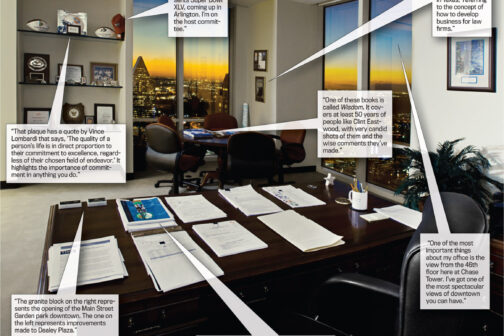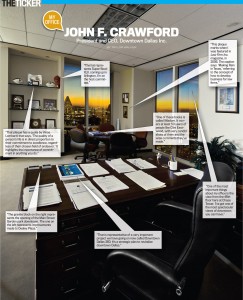1. Here’s some more fuel to throw on Jim Schutze’s smoldering pile of schadenfreude: The city is rushing to fix its Trinity Levee problems before many of the lands surrounding the levees (some of which have been purchased by investors speculating on Trinity River Project-related development) get drawn into the flood plains by federal officials:
“It has just turned things upside down,” said Bob Stimson, president of the Oak Cliff Chamber of Commerce. “And indeed, I think that the values of the properties have been already impacted by it.”
2. West Dallas homeowners seek to preserve their neighborhood: In other Trinity-related news, the bridge is coming to West Dallas, so homeowners in the West Dallas neighborhood of La Bajada, many of whom have lived in the area since the 1940s, are trying to protect their homes from speculative buying and rapidly rising property values by adopting a Neighborhood Stabilization Overlay. The NSO would limit the size and scale of new construction in the stable, single family neighborhood.
3. Terry Glenn arrested in Denton County: If I were Dez Bryant, I would definitely try to line up an offseason move to another football team. The problem with being a Dallas Cowboys wide receiver, it seems, is that at some point you are going to be arrested for a drugs and alcohol-related crime.






